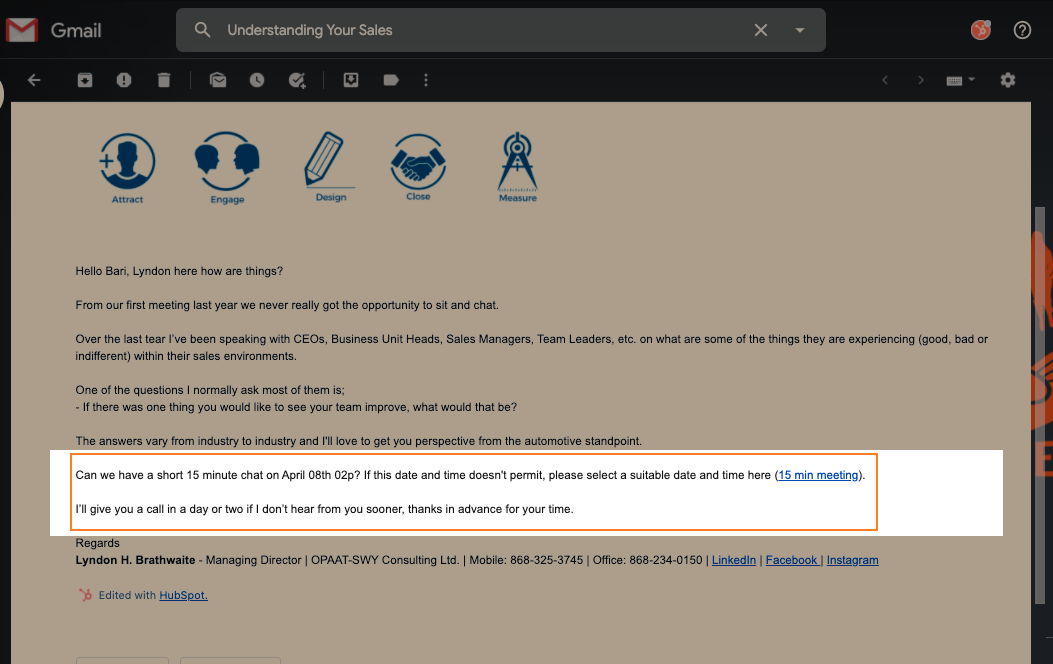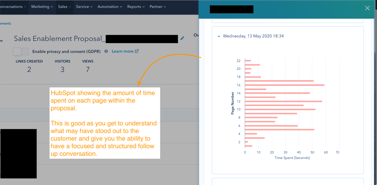Anxiety or that almost crippling feeling before making a call to a client is something every sales or business professional experiences at some point in their career. In my years as a sales executive and my observations as a sales manager, I've been able to identify that this happens at two specific stages of the sales process – the prospecting stage and the closing or negotiation stage.
While doing a follow-up call or an email does not guarantee the deal will close or that the customer is a good fit, the action is still very important in the sales process.
So, why is this level of nervousness experienced?
There are many reasons that contribute to this level of anxiety, in this article, we will focus on four (4) we've seen that are prevalent based on work done with clients and their teams and suggest approached to help remove that anxiety or fear.
1. Fear of the unknown
2. No Control of the Process
3. Lack of Tools
4. Planning & Practice
----------------------
1. Fear of the Unknown
Fear, anxiety and procrastination go hand-in-hand in sales and this is experienced at different levels based on the sales professional. At the prospecting stage, it's the fear of making that initial call even if the lead may be a warm lead. Also at the closing stage, it's the fear of following up on the proposal/quotation or the next meeting or most importantly, asking for the business.
"I don't want the client to feel like I'm bothering them"
Sales professionals regularly make excuses in an attempt to give themselves more time, to "sum up" the courage to make the call. One excuse we often hear is, "I'm not sure if I should call them so soon" or "I don't want to seem like I'm bothering them". The above represents more fear and hesitation which leads to procrastination.
One best practice in overcoming the ambiguity of when and if to make the call is to start including date and time in your phone calls, voicemails, emails, etc. The example below shows an outreach to one of our clients where two dates were suggested but most importantly a time frame as to when we will call them back even if we do not hear from them first was noted.
This sets the expectation with the client to expect a call, but most importantly it puts it in your psyche that you have committed to calling the customer at a specific time. Once the customer receives the message and is in favour of getting a call from you they will be expecting one. If you procrastinate and miss the call, you stand to lose credibility and an opportunity.

2. No Control of the Process
Have you ever gone into a meeting feeling a bit nervous because you felt you were going in blind? We all have.
There are some sales professionals extremely strong at the top and middle of the sales process, however, very hesitant when it's time to closing. Ultimately hoping the customer makes the decision in their favour.
As a sales manager one way to recognise this when looking at the pipeline and seeing the same opportunities rolling over month after month in the quotation/proposal stage. If you were to ask for an update the response may go something like, " Yeah I have to give them a call this week" or "I'm awaiting a decision".
One thing we suggest is to try taking control of the process early by asking pointed questions that give both a date for follow up and an expectation of what to look forward to when that follow up is happening.
The video below gives some examples of questions you can ask that takes control of the process by actually suggesting a time frame within a client should get back to you. This approach sets the stage for the follow-up control in the hands of the sales professional.
3. Lack of Tools
Earlier we spoke about the fear of the unknown as it relates to when would be a good time to follow up with the client. There is another factor to this and that's not knowing if the customer took the time to review your submission.
We just skimmed through it a bit
I remember following up with a client over a number of weeks to sit down with them to discuss a proposal I submitted. The follow-up meeting was booked, I was excited and ready to drill down into what I felt the was a really good offer. However, based on the first set of questions asked, it was clear they didn't take the time to go through the proposal. When I asked "Did you guys review the submission" their response was "Well, we just skimmed through it a little".
Responses like these can take the wind out of the sails as a sales professional. It's also a good barometer for how serious a client is about the proposal and how much effort you should be putting into that opportunity. Unless a customer actually responds to a read-receipt request, it's difficult to know if they read the email, furthermore whatever is attached to it without the right tools.
The good news is that there are many tools that you and your team can use to help support you in your follow up strategy.
Here are two examples
1. HubSpot CRM
2. Proposify
HubSpot CRM: Once HubSpot has been connected to your email inbox it will log and track every email from first outreach to proposal follow up. When the recipient opens the sender receives a notification that the email has been opened.
Wait, there's more.
Based on the content of the email and what's within the body, HubSpot will also let you know if the customer clicked on any link(s) or viewed the document attached. Another very good feature within HubSpot is the "Documents" feature where it actually tracks the amount of time spent by the customer on each page within the document.
This helps the sales professional understand what may have stood out to the customer and allows them to have a more focused and structured follow-up conversation.
Proposify: While Proposify is developed to support the proposal sending process their tracking feature is one that has to be recognised as it helps support the follow-up process.
Like HubSpot, sales representatives get notified when their client has opened/viewed the proposal which allows them to start the clock on when would be a good time to follow up.
Another cool feature is that the client has the convenience of responding to the proposal from right within the email allowing them to ask questions, make comments, suggestions and even approve from right within the initial email without downloading the actual proposal.

The reason we like this is that it addresses the negotiation phase of the sales process and also allows for a more immediate response from clients. Everything from within Proposify helps supports sales professionals at the closing stage of the sales process, follow-up being one of them.
4. Practice & Planning
The last but most important gap we've identified is that of proper practice and planning. As said earlier, following up with a client is either avoided or not planned properly. This is where tools like Proposify and HubSpot help support the planning, however, when the follow-up is actually being done and the client gives a response that is in the negative how do you manage that?
That's where the practice comes in. It's important that team leaders, sales managers, etc. include objection handling as part of their sales meetings so that their team can be better prepared to answer customer response. Not being able to handle a no or deal with an objection will prompt hesitation.
Additionally, it will help calm the nerves for the follow-up call, email, etc. as it will be understood that this is just part of the sales process.
I didn't hear from you so I just went elsewhere - said the customer
Overall, follow-up is an important component in closing business, no sales professional wants to hear a customer say "I didn't hear from you, so I went elsewhere. It's not the customer's responsibility to follow-up it's yours.
Procrastination is a major contributor to sales failure and unless you overcome that fear of follow-up and use tools like what was recommended you may find our sales career very unsuccessful.
Was This Helpful? Subscribe for More Confidence Boosting Content

RELATED ARTICLES
Trinidad & Tobago, Good Sales Ethics = Better Business
Looking back at my first sales job in the automotive industry in 2003, I remember feeling an overwhelming sense of pride and ...
Start Reading
Seven (7) Questions Car Sales Reps Should Be Asking Customers
Some years ago I lost a $150K deal because of a $5K missing piece of plastic. Was it the fault of the product? No, it was my ...
Start Reading
4 Ways HR Can Support Sales Development
This article might seem strange for some, however, it i’s one of the closest things to the truth and a major shortcoming in ...
Start Reading


.jpg?width=575&name=OPAAT-SWY%20Youtube%20Artwork%20(2).jpg)
COMMENTS